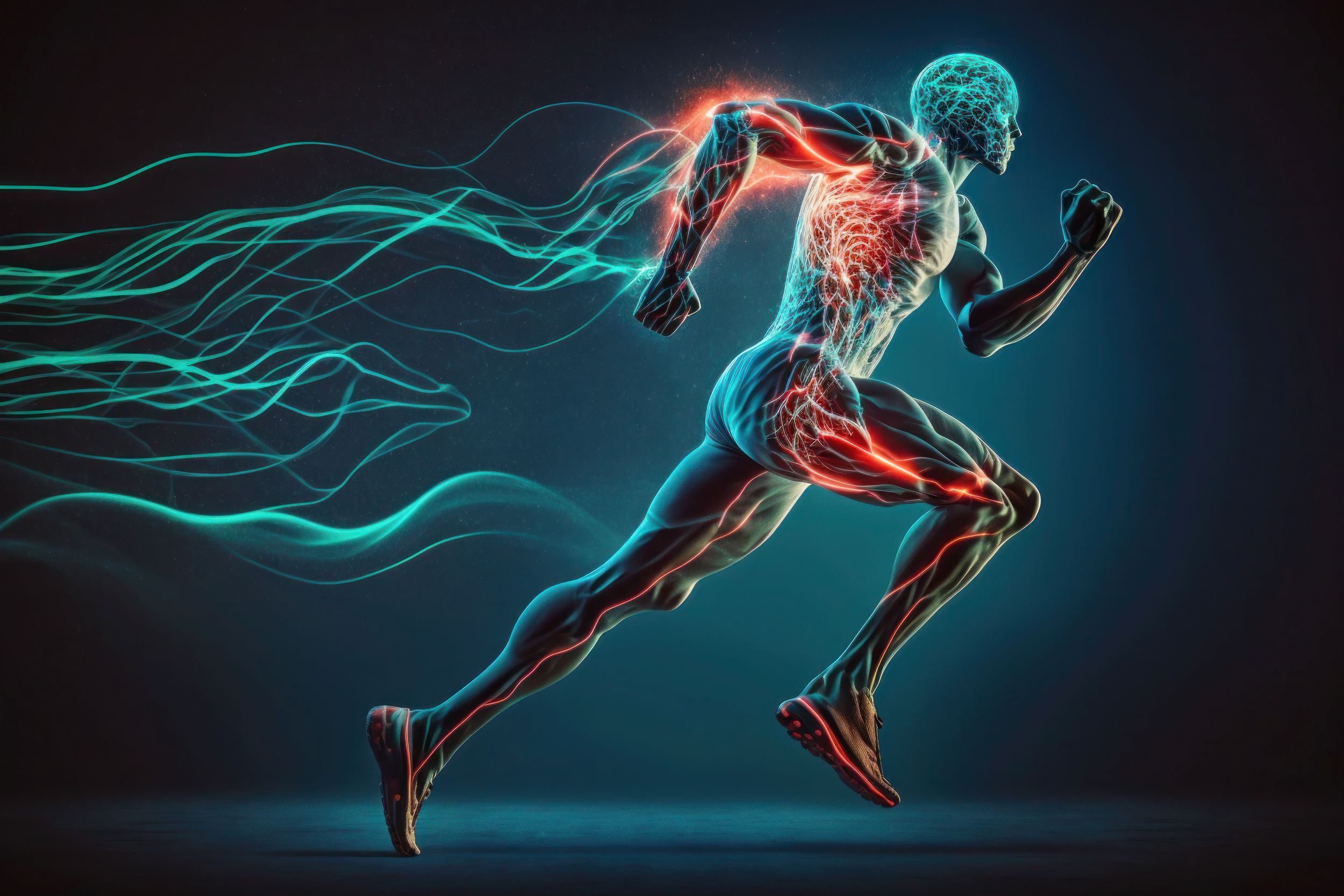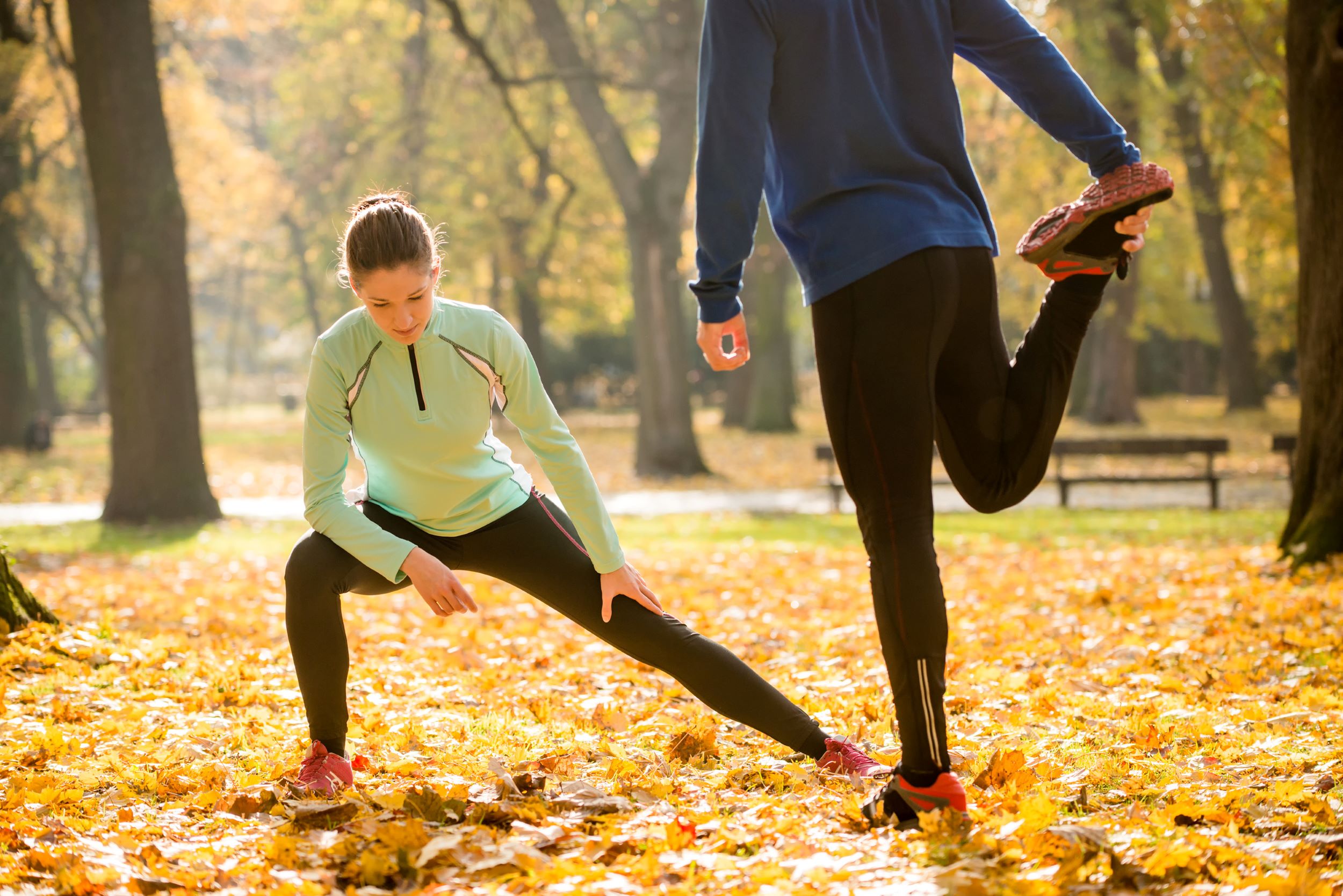Welcome to the journey of understanding what muscle does running work. Running is not only a path to improved cardiovascular health but also a full-body workout that engages multiple muscle groups. As we embark on this exploration, we invite you to Visit our website to learn more and get started today! Click here.
When you take to the roads, tracks, or trails, you activate a symphony of muscles that work in harmony to propel you forward. From your core stabilizing your body to your legs powering each stride, running is a complex exercise that targets various muscles. Whether you’re sprinting or enjoying a leisurely jog, the dynamic movement of running ensures that your muscles are continuously adapting and strengthening.
Engaging in a consistent running routine not only tones these muscles but also enhances overall endurance and strength. As we delve deeper into the specific muscles utilized during running, you’ll gain insights into how to optimize your workouts and prevent injuries. Understanding the muscle mechanics involved in running can also guide you in selecting complementary cross-training activities to further enhance your fitness regimen.
The Primary Powerhouses: Leg Muscles in Motion

As the primary powerhouses during a run, your leg muscles bear the brunt of the effort. The quadriceps, which are the large muscles at the front of your thighs, work to extend the knee and are pivotal in the push-off phase of your stride. Simultaneously, the hamstrings — located at the back of your thighs — facilitate hip extension and knee flexion, playing a crucial role as you pull your leg back under your body.
Below the knee, the calf muscles, comprising the gastrocnemius and soleus, engage to push the foot off the ground and absorb impact on landing. The hip flexors, especially the iliopsoas, are activated with each lift of the knee, ensuring your leg is driven forward for the next step. Additionally, the gluteal muscles or glutes — including the gluteus maximus, medius, and minimus — provide hip stability and power as they contract to propel you forward.
Furthermore, the often-overlooked shin muscles, particularly the tibialis anterior, work to dorsiflex the foot and help in shock absorption during the landing phase. The intricate coordination of these muscles not only allows for efficient movement but also helps to reduce the risk of injury by ensuring a balanced distribution of forces across the leg.
Core Engagement: The Unsung Hero of Running
While the legs are often celebrated for their role in running, the core is the unsung hero that deserves equal recognition. Engaging your core muscles, including the rectus abdominis, obliques, and the deeper transversus abdominis, is imperative for maintaining proper posture and stability during a run. A strong core helps to keep the torso upright and reduces the side-to-side swaying motion, which can sap energy and increase the risk of injury.
Moreover, the core muscles act as a bridge between the upper and lower body. The erector spinae, a set of muscles running along your spine, work to keep you erect and absorb shock with each footfall. During longer runs or sprints, a robust core can significantly improve endurance and power. The pelvic floor muscles also play a subtle yet vital role in stabilizing the pelvis, thus enhancing the efficiency of the leg muscles.
Core engagement is not just about having a toned midsection; it’s about creating a solid foundation for all movement. Runners with a strong core are less likely to succumb to fatigue, maintain better form, and are generally more resistant to overuse injuries. Incorporating core-strengthening exercises into your workout routine can result in noticeable improvements in your running performance and overall balance.
Upper Body Involvement During Your Run

The role of the upper body in running is often underestimated, yet it plays a pivotal part in propelling runners forward. The shoulders and arms generate momentum that complements the movement of the legs. As you run, your arms swing in opposition to your legs, which helps to balance the body and can contribute to increased speed.
The pectoralis major and latissimus dorsi, muscles of the chest and back respectively, work in concert to control the arm swing. This action is not just for balance; it also helps drive the body forward, especially during sprints or uphill runs. Moreover, the trapezius muscles in the upper back assist in maintaining a relaxed shoulder position, preventing tension and fatigue.
Engaging the upper body correctly can lead to more efficient breathing as well. As the intercostal muscles between the ribs work in tandem with the diaphragm during respiration, a relaxed but strong upper body allows for deeper, more controlled breaths. This is crucial for endurance running, where oxygen intake is directly linked to performance.
To harness the power of the upper body, runners should focus on keeping their shoulders down and back, arms bent at approximately 90 degrees, and hands relaxed. By doing so, the upper body not only assists in forward propulsion but also helps conserve energy by preventing unnecessary muscle tension.
Secondary Muscles Supporting Your Stride
.jpg)
Aside from the primary muscle groups like the quads, hamstrings, and calves, running also engages a host of secondary muscles. These muscles play a supportive role, helping to stabilize the body and maintain proper form throughout the stride. The core muscles, including the rectus abdominis, obliques, and the deeper transverse abdominis, are critical for maintaining balance and stability. A strong core prevents excessive rotation during running, which can lead to inefficiency and injury.
The gluteus medius and minimus, situated on the side of the hip, are stabilizers for the pelvis. When the foot strikes the ground, these muscles help to keep the pelvis level, which is vital for a smooth running gait. Weakness in these areas can cause the opposite hip to drop, a common issue known as ‘hip drop’ or ‘Trendelenburg gait,’ which can lead to injuries over time.
Additionally, the adductors and abductors of the thighs work to control the inward and outward movement of the legs, ensuring they follow the correct pathway. The lower leg muscles, such as the tibialis anterior and the peroneals, also play a significant role in stabilizing the ankle and foot upon impact with the ground.
For runners looking to improve performance and reduce injury risk, strengthening these secondary muscles is essential. Including exercises that target these areas can lead to a more powerful and resilient stride. Various cross-training activities, such as Pilates or strength training, can be particularly effective in building the strength and coordination of these supportive muscle groups.
Running’s Impact on Muscle Tone and Overall Fitness

Running is a holistic exercise that not only works out the heart and lungs but also has a profound impact on muscle tone and overall fitness. As you hit the pavement, track, or trail, your body undergoes a transformation, becoming more efficient and resilient. Regular running sessions contribute to a leaner physique as it increases muscle endurance and definition, particularly in the lower body. This endurance translates to toned calves, thighs, and glutes, as well as a tighter core, which acts as your stabilizing center during each run.
Moreover, running boosts your metabolism, which helps in burning calories more effectively even when you’re not actively working out. This elevated metabolic rate is a key factor in weight management and can contribute to reducing body fat percentage, revealing the muscle tone beneath. Running also promotes cardiovascular health, increasing the heart’s capacity to pump blood and improving circulation. This improved blood flow benefits muscles by delivering oxygen and nutrients more efficiently, which is crucial for muscle repair and growth.
It’s important to note that running can serve as a foundation for a well-rounded fitness routine. To optimize muscle tone and overall fitness, it’s beneficial to complement running with strength training and flexibility exercises. This balanced approach prevents muscle imbalances and ensures that all muscle groups are engaged, leading to better posture, increased strength, and reduced risk of injury.
Whether you’re a seasoned runner or just starting out, understanding what muscle does running work can help you tailor your training to achieve your fitness goals. Visit our website to learn more and get started today! Click here.


